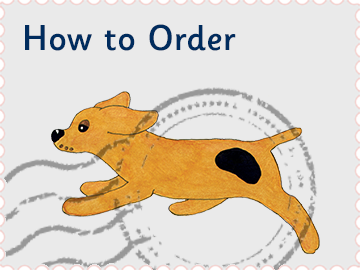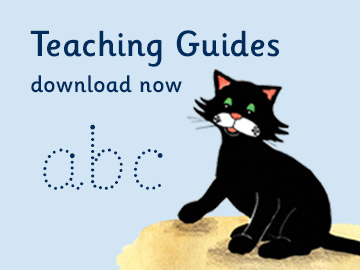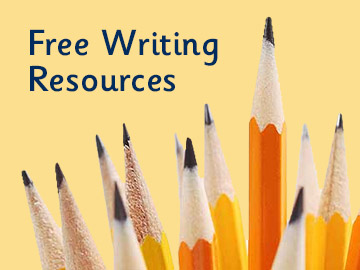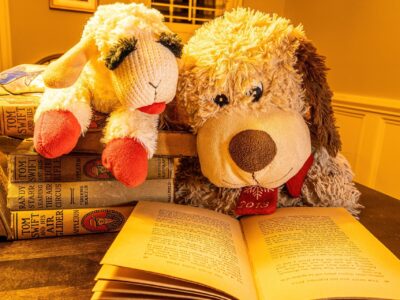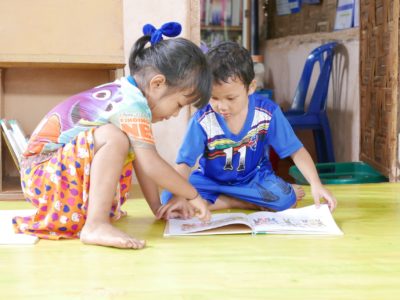In written language, our thoughts and our speech are represented by visual symbols to convey meaning. In an alphabetic language like English, the 'visual symbols' are letters. Letters are combined into words which have meaning for us. Each word is separated by a space from the next word. In this way written text is displayed in groups of letters that have meaning for us. We learn how to read these words.
In the 17th century, the spellings of English words were 'set in stone' when the first dictionaries were written. These spellings have not changed over time. It is because they have not changed over the years, that we can read books written in previous centuries.
In some languages each letter corresponds to a single sound. Learning to read and write is fairly easy in these languages, but the English language has only 26 letters in its alphabet and at least 44 different sounds. There is no single correspondence between each letter and each sound.
Sometimes a combination of letters corresponds to a single sound e.g. 'ch' as in 'chip'. Sometimes the same letters correspond to a different sound, e.g. 'ch' in 'chemist' or 'ch' as in 'chef'.
Sometimes a single letter can represent more than one sound, e.g. 'a' in 'cat, father, was, water, baby'. Each 'a' corresponds to a different sound. The letter 'y' is pronounced differently in 'mummy, my, yet, gym' as well as being part of vowel graphemes in 'ay (day), ey (grey), oy (toy), ey (donkey)'. This makes learning to read and write in English very difficult. Sometimes we need to know the meaning of a word before we can decide how to pronounce it, e.g. 'row, row; wound, wound; wind, wind; beak, bread, break'
We can learn all the different pronunciations of the letters and letter combinations, and still this will not tell us to how to choose the correct pronunciation of a word without knowing what it means. We need to relate the spelling of the word to something else we already know, i.e. what the word means.
Let's consider letter symbols too. If we think of the first letter of the alphabet, 'a' or 'A, we see straight away that it has two written symbols. (In fact 'a' has more than two symbols because children do not write the small letter 'a' in this particular type-font. They use the shape of 'a' as that in the Sassoon Primary Infant, Century Gothic or Comic Sans fonts.)
The first symbol is lower case on the keyboard, or a 'small' letter. The second symbol is upper case on the keyboard, or a 'capital letter'. A capital letter is used at the beginning of a sentence or the beginning of a name, and its corresponding sound is the same as that of the small letter. We would pronounce 'cat, baby, father,' exactly the same if they were written in capital letters 'CAT, BABY, FATHER' or a mixture of letters 'Cat, Baby, Father'.
So the capital letters do not correspond to different sounds and they do not add to our 26 letters in the alphabet.
If we pronounce the words 'car' and 'father', 'down' and 'about', 'form' and 'pawn', 'royal' and 'boil', 'girl' and 'curl', 'hair' and 'stare', 'year' and 'deer', we can hear the same sound for the vowels in each pair of words, but the spellings are different.
How do we learn which spelling goes with which sound in which word? We can only do that if we know the meaning of the word and we have this extra information to help us. The sound of the word alone will not always tell us how to spell it. We need to visually memorise it also.
If we say the alphabet aloud, we say 'ay, bee, see, dee, ee, eff, gee, aich, I, jay, kay, ell, em, en, oh, pea, queue, are, ess, tee, you, vee, double-you, ex, why, zed'. We notice that these are not the same as the sounds of the letters of the alphabet. They are the names of the letters of the alphabet.
When someone asks us to spell the word 'dog', we will say 'dee, oh, gee'. These letter names are not the same as the sounds in the word 'dog'. Children have to learn these letter names too.
Also, some of the sounds corresponding to the consonant letters of the alphabet are impossible to articulate without an audible sound of exhaled air, e.g. 'b, d, p, t'.
(There are some continuant consonants that can be easily pronounced e.g. 'sssss' (the hiss of a snake) or 'shhhh' (be quiet) or 'mmmmmm' (yummy) or 'ffffff' and 'rrrrrr'.)

